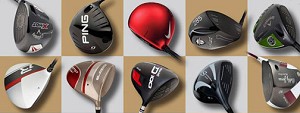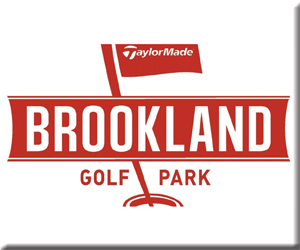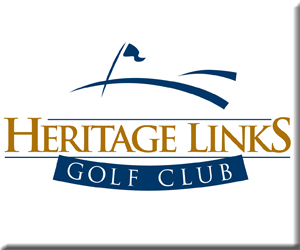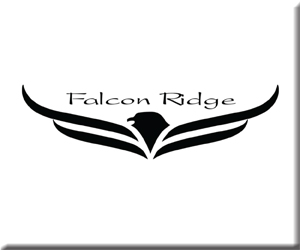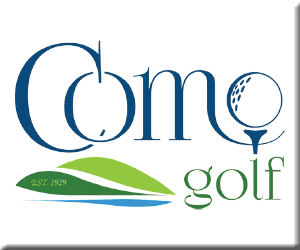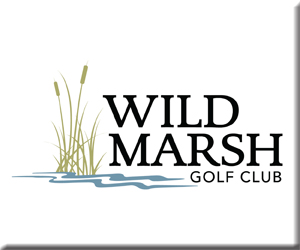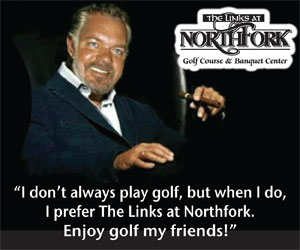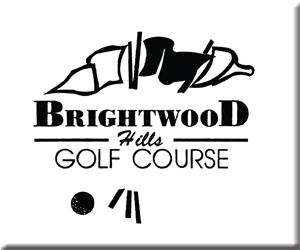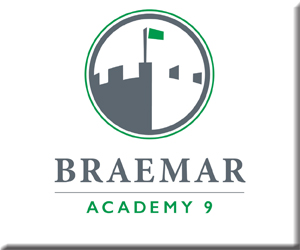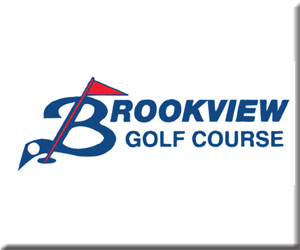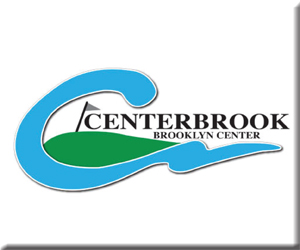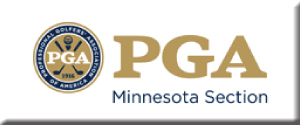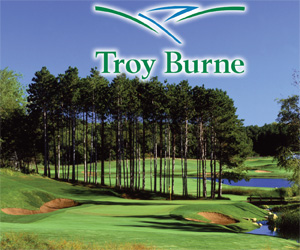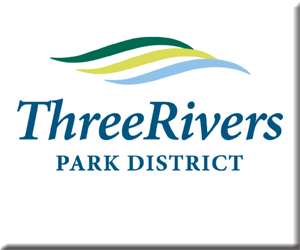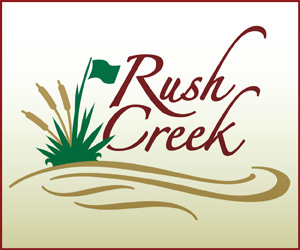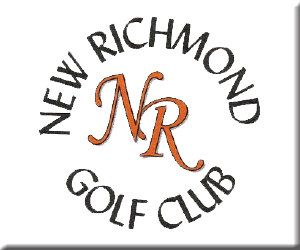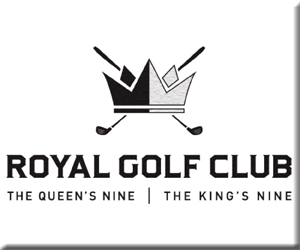The Geometry Of Golf – Optimizing Distance With The Driver
By Chris Foley
The geometry of golf is a series of articles that appears in each issue of this summer’s Tee Times Magazine. The articles deal with the science of the game of golf. In this series we will address some of the myths and misconceptions regarding the golf swing and why the golf ball does what it does. We hope through this series of articles people gain a better understanding of the golf swing and have more success when they play, practice or take a lesson. By applying science to the swing, we can eliminate guesswork. This minimizes confusion and speeds improvement.
In this fifth article in the series, we will learn how to optimize distance with the driver. In our last article we discovered the correlation between club head speed and a players potential.
Club head speed also plays a big role in optimizing your driver for distance and performance. Along with a player’s angle of attack, club head speed creates a “window” of where a player should launch and spin the ball to acheive maximum distance and roll.
The angle of attack is the vertical (up-down) angle at which the club head is moving through impact relitive to the ground. The angle of attack can be downward (negitive) or level or upward (positive). The longest hitters in golf tend to have a upward angle of attack. One of the biggest influences on a player’s angle of attack is their swing direction. A right handed player whose swing direction is to the right will tend have a more positive angles of attack. A player with a swing direction to the left will tend to have a negitive angle of attack.
If we look at the average golfer with a 95 mph clubhead speed you can see the differece in optimal launch and spin to optimize distance. You can also see the difference in distance between a player with upward angle of attack and a player with a downward angle of attack. With the same club head speed the player who hits 5 degrees up compaired to 5 down will carry the ball 20+ yards longer and roll out almost 30 yards longer.
So based on a players club head speed and angle of attack, how does a player change launch angle and spin?
The biggest affect on launch angle is the loft of the club. For a player who is hitting the ball in the center of the clubface launch angle will increase/decrease, as loft is added/subtracted. As we learned in article two on off-center hits, shots hit low on the face will launch lower than centered hits. Shots hit high on the face will launch higher.
Loft as well as the shaft influence spin. Generally, the more loft the greater the spin rate. There are several aspects of the shaft that affect spin. Spin will tend to increase with a softer shaft and drop with a stiffer shaft. Lighter weight shafts tend to increase spin and heavier shafts tend to decrease spin. Tip stiffness and torque will also impact spin rate.
The spin rate will also be affected by where the ball hits on the clubface. Shots hit low on the face will have more spin and shots hit high on the face tend to decrease spin.
Another factor that needs to be considered in driver optimization is the landing angle of the golf ball. We want the ball to carry optimally, but we also need the ball to roll out to maximize distance. To achieve maximum roll the ball needs to land at an angel of less than 38%. At that angle of decent the ball roll and not stop.
To optimize distance, the club head (loft) and the shaft must be married together. The best way to do this is with a qualified club fitter who uses a launch monitor such as TrackMan or FlightScope. Utilizing the data provided by the launch monitor, the fitter can match the correct shaft and loft combination that will maximize distance and performance.
